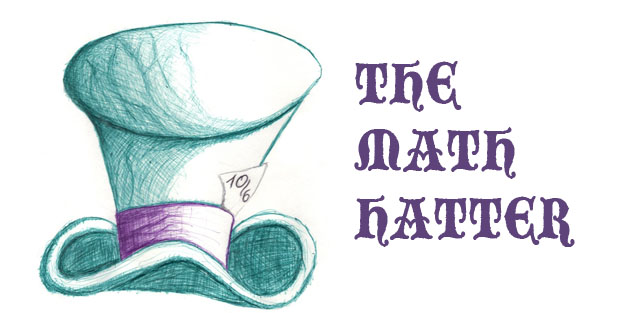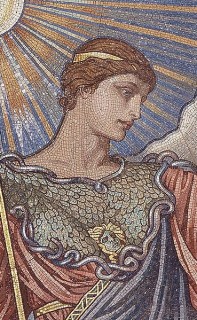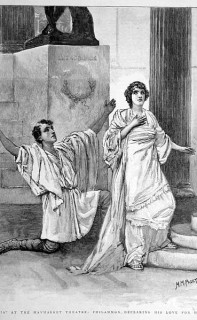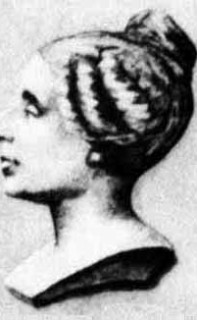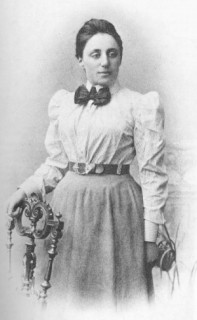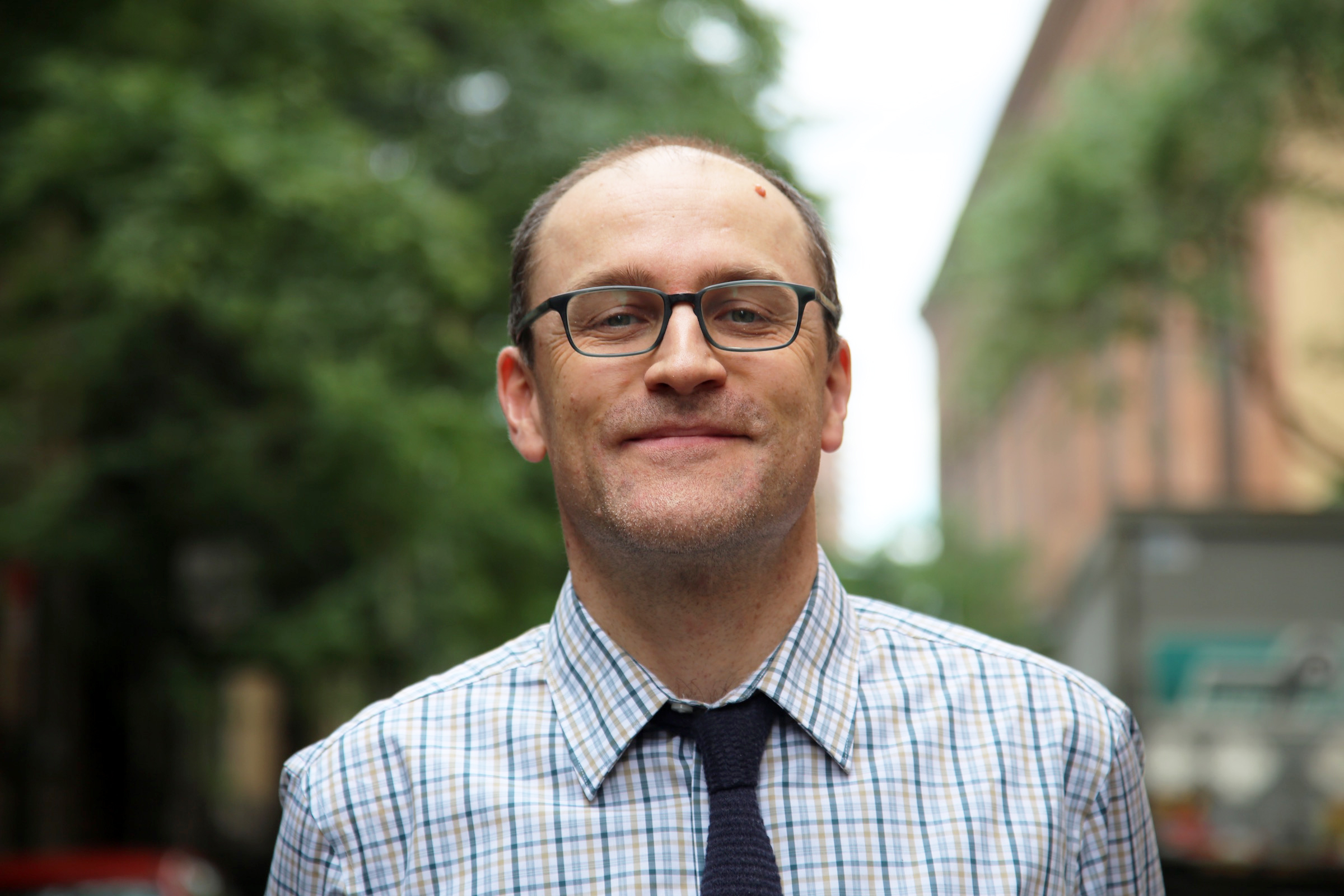I hate acronyms(1). Of course I understand the need for LASER instead of Light Amplification by Stimulated Emission of Radiation and I guess SPECTRE(2) is a clever way to remember who the bad guy is. But I believe most of them are just a lazy and confusing way of writing something. If I tell you that when I was an adolescent, I had a special interest in the W.W.F. you may wonder if I was deeply conscious about the fate of pandas or spent my Saturday afternoons watching wrestling on tv(3).
Speaking about confusion, teachers use a lot of acronyms when they evaluate students. They have DM for “devoir maison,” DS for “devoir surveillé,” IE for “interrogation écrite,” and my personal favorite, DST for “devoir sur table,” as if some students might consider doing it on the floor. As a math teacher, I could even come up with others : the recent DDR for “devoir de rattrapage” and why not the DSC for “devoir sans calculatrice.” But all this is just beating around the bush because a test is a test, and students know that what you call it doesn’t make any real difference.
| Minerva Source : Library of Congress, Prints & Photographs Division |
That is why, a couple of years ago, I started naming a “devoir maison”, a “déhème” a phonetical rendering of its acronym, because I like to play with words. But only last year did it occur to me that the next logical step was to name the “DS” a déesse, except that this time the word had a real meaning, in French that is (goddess in English). And because I like to put pictures in my documents, I started carefully selecting a picture of a goddess to illustrate each test for my Seniors. The first one I chose was Minerva, the Roman goddess of wisdom. I thought she would help the students do well. Then came Freyja, and Idunn, from Norse mythology, Saraswati, the beautiful four-armed Hindu goddess of knowledge, music, arts and science and finally Hathor, from the Egyptian pantheon.
As you can see, my choices were quite eclectic and this year I added a Mayan and a German goddess : Ix-Chel and Ostara but also Asian ones, Amaterasu the Japanese sun goddess and Long Mu, the Chinese mother of dragons. I learned a lot through all this and ultimately this quest for a true math goddess led me towards another topic : women and mathematics.
I’m sure you remember the name, Pythagoras, but also the theorem – the one with the hypotenuse. And depending on how far you’ve gone in your math studies, you may also have come across others like Euclid, Archimedes, Pascal, Euler, Gauss, Leibniz to name but a few. But even if you try and dig deep into your furthest memories, I am fairly sure you have rarely come across a woman famous for mathematical discoveries. Over the course of history, women simply didn’t have the same access to knowledge that men had. They weren’t allowed to even attend university until quite recently. Still, a few managed to enter the field of mathematics (and science), and I thought I’d tell you a bit about them.
The Greek Hypatia was the first woman to be considered a true mathematician. She lived in Alexandria during the Fourth Century AD and belonged to the mathematical tradition of the Academy of Athens founded by Plato. Nothing remains of her work but her name is associated with commentaries or new editions of earlier classics, and she is also recognized for her contributions to the field of astronomy. But if Hypatia’s name made it through the centuries it is, mostly, for the way she died. According to legend, because of some obscure religious conflicts, Hypatia was kidnapped on her way home by a Christian mob, undressed, lapidated, dismembered and finally burned(4), on the order of the Archbishop of Alexandria. This horrific act helped to make of her the first martyr of science(5) and may well be another reason why so few women got to play a major role in scientific matters.
The next one is Sophie Germain. If you’ve lived in or visited Paris, there is a slight chance you’ve walked into her street. Not far from the Rue Bezout or the Boulevard Arago, named after other reknown French mathematicians(6), the Rue Sophie Germain is a very short street (116 meters) in a residential area of the 14th arrondissement. Born in 1776 in a family of the Parisian bourgeoisie, Sophie Germain had to fight her way into mathematics, because her father didn’t want her to pursue a “masculine” occupation. In the end, she managed to get access to the Cours de l’Ecole Polytechnique by using the alias “Antoine Auguste Leblanc,” who was a former student of this prestigious institution. Under that name, she started discussing important discoveries in letters with some of the best of the time, the French Joseph-Louis Lagrange and the German Carl Friedrich Gauss. Today, she is remembered for her work in number theory known as the “Sophie Germain Theorem,” which was a big step towards the proof of the Great Theorem of Fermat. But that one by itself deserves another story(7).
Finally, I would like to mention the German mathematician Emmy Noether. A contemporary of Albert Einstein, Noether is arguably considered by many the most important woman in the history of mathematics. Given that there weren’t very many(8) for the reasons explained above, this feat might not sound all that impressive, but the facts tell us differently. Born in Bavaria in 1882, Noether studied math at university and worked at a mathematical institute (without pay) for seven years until 1915, when she was invited by none other than David Hilbert and Felix Klein to join the mathematics department of the world-famous University of Gottingen. For four years, she had to lecture under Hilbert’s alias, but eventually she was permitted to and worked there until 1933, when she had to flee Hitler’s Germany. She came to the U. S. and took a position at Bryn Mawr College. Noether’s work in abstract algebra and differential calculus goes far beyond the scope of anything the Math Hatter could talk about here. The 20th Century gave birth to what is called “modern math,” and simplifying these concepts is no easy matter.
Nowadays with more women entering the field of mathematics, we will surely get many new theorems named after women. And why not another Parisian street, the ultimate recognition if there were one…
(1) Well, to be honest, I don’t really hate them but I thought it was a great opening for a story. I’m not saying it’s on par with ” In a hole in the ground there lived a hobbit,” but I’ll let you be the judge.
(2) Special Executive for Counter-intelligence, Terrorism, Revenge and Extortion from those old James Bond movies.
(3) I meant “television” of course.
(4) Suddenly the gory scenes from HBO’s Game of Thrones don’t look so bad.
(5) Reminescent of the fate of Giordano Bruno in 1600.
(6) There are many such streets in Paris from « Rue Abel » to « Rue Viète », but only one named for a woman.
(7) If you have time this summer, start by looking for three non zero integers which make a^3+b^3=c^3 true.
(8) Others worthy of mention would be the French Emilie du Chatelet (1706-1749) who translated Newton’s Principiae, the Italian Maria Agnesi (1718-1799) a pioneer in calculus, the English Ada Lovelace (1815-1852) who wrote the first computer program or the Russian Sofia Kovalevskaya (1850-1891) for her work in analysis.
About the Author :
Originally from Brittany, David Soquet graduated from the Université de Rennes, before becoming a math teacher. After honing his skills at a middle school near Paris, he joined the Lycée Français in 2008. He is the father of two children and is passionate about the history of science. In his teaching, he tries to balance the rigor required by mathematics with humor and discovery. He is very curious and his interests range from modular origami and norse mythology to Fritz Lang’s cinema and music.

